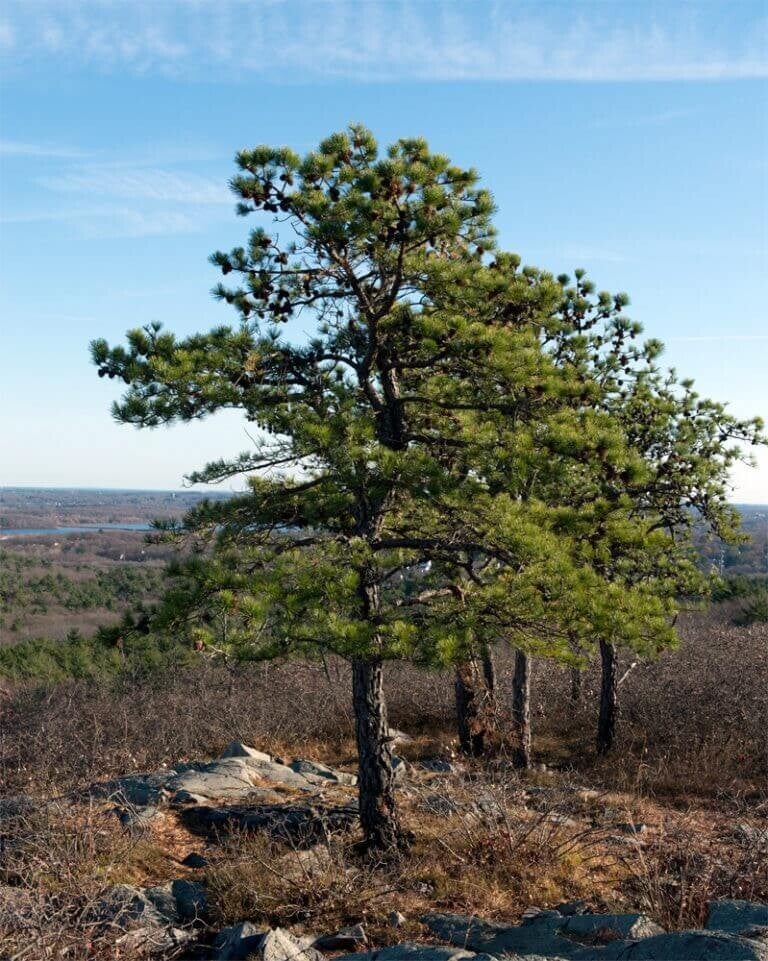Another Old Wives tale? Or just a load of Baltics!
Pitch Pine is native to North America, in particular Kentucky, so how did it end up in your house?

What do you know of:
The Hanseatic League?
To make this simpler, people first need to know a bit about what was possibly the first attempt at a European Common Market, known as "The Hanseatic League", or Hansa, which began as a northern European trading confederation in the middle of the 13th century and continued for some 300 years. Its network of alliances grew to 170 cities and it protected its interests from interfering rulers and rival traders using a powerful fleet financed by its members, trading continued through the Baltic states, and intact still does today.
The most common pine used throughout the Georgian, Victorian and Edwardian periods was, contrary to today's common belief, Baltic Pine, often referred to as yellow pine, and in the UK was commonly known as Scots Pine.
As the periods changed from Georgian to Victorian to Edwardian, the widths that boards (floorboards, and roof sarking boards) were cut to generally became narrower. Exactly why is unsure. The Victorians uniformed the widths although there was never a set standard size. Edwardian boards were narrower again, but uniform widths also.
Original Georgian boards are now very scarce and now command very high prices, in fact with the lack of UK demolition, and with the listing of buildings being introduced in 1947, which promotes the saving of, and protection of a lot of beautiful old buildings throughout the UK, all original floorboards are proving difficult to locate nowadays.
Despite most people today automatically jumping to "Pitch Pine" (just more assumptions), Baltic pine was actually the most commonly used pine in the Construction industry throughout the UK, with Scots Pine being widely used.
The Baltic Pines, as the name states, originated from the Baltic states. Carried in the hull of the sailing ships of the time, as ballast, the timber was simply tipped out on the docksides and sold off for use in the building of those local towns and cities.


Some truths about the pitch pine tree
The name "Pitch Pine" simply comes from the fact that this particular pine tree releases a resinous 'pitch' when wounded. The pitch that was produced from pitch pine sap was used to seal seams in ships and preserve wood during the American colonial period. The pitch can be obtained by scraping it off the tree in areas that have been wounded naturally, or by cutting marks along the tree's bark. Therefore, unlike other pines, few pitch pines were logged during this time period. If the cuts were made infrequently, the tree was not damaged.
PITCH PINE TREE SHOWN HERE ➡️
BALTIC PINE TREES HERE ⬇️

Baltic Pines
Despite most today automatically jumping to "Pitch Pine" (just more assumptions), Baltic pine was actually the most commonly used pine in the Construction industry throughout the UK, with Scots Pine being widely used.
The Baltic Pines, as the name states, originated from the Baltic states. Carried in the hull of the sailing ships of the time, as ballast, the timber was simply tipped out on the docksides and sold off for use in the building of those local towns and cities.
Trading routes dictated which timbers travelled from where and to where. Pitch Pine or long leaved American pine (pinus palustris) came into Dublin, Manchester and Liverpool and can be found in Georgian and Victorian properties there, now considering that roads and road transportation was very limited back then, are you really sure that you have pitch pine in your house?
British Columbian Pine (AKA Douglas Fir) and Oregon Pine all arrived here in abundance later,during the 1920s and 30s and they were was used in those stages of UK construction, with Oregon pine being predominantly used for floorboards, and Douglas Fir for sash windows.
All pine trees are naturally resinous which makes them hardy to weather, and also a timber which will bend and flex when walked upon, and furniture is stored upon them, making them less likely to split or crack under the weight.